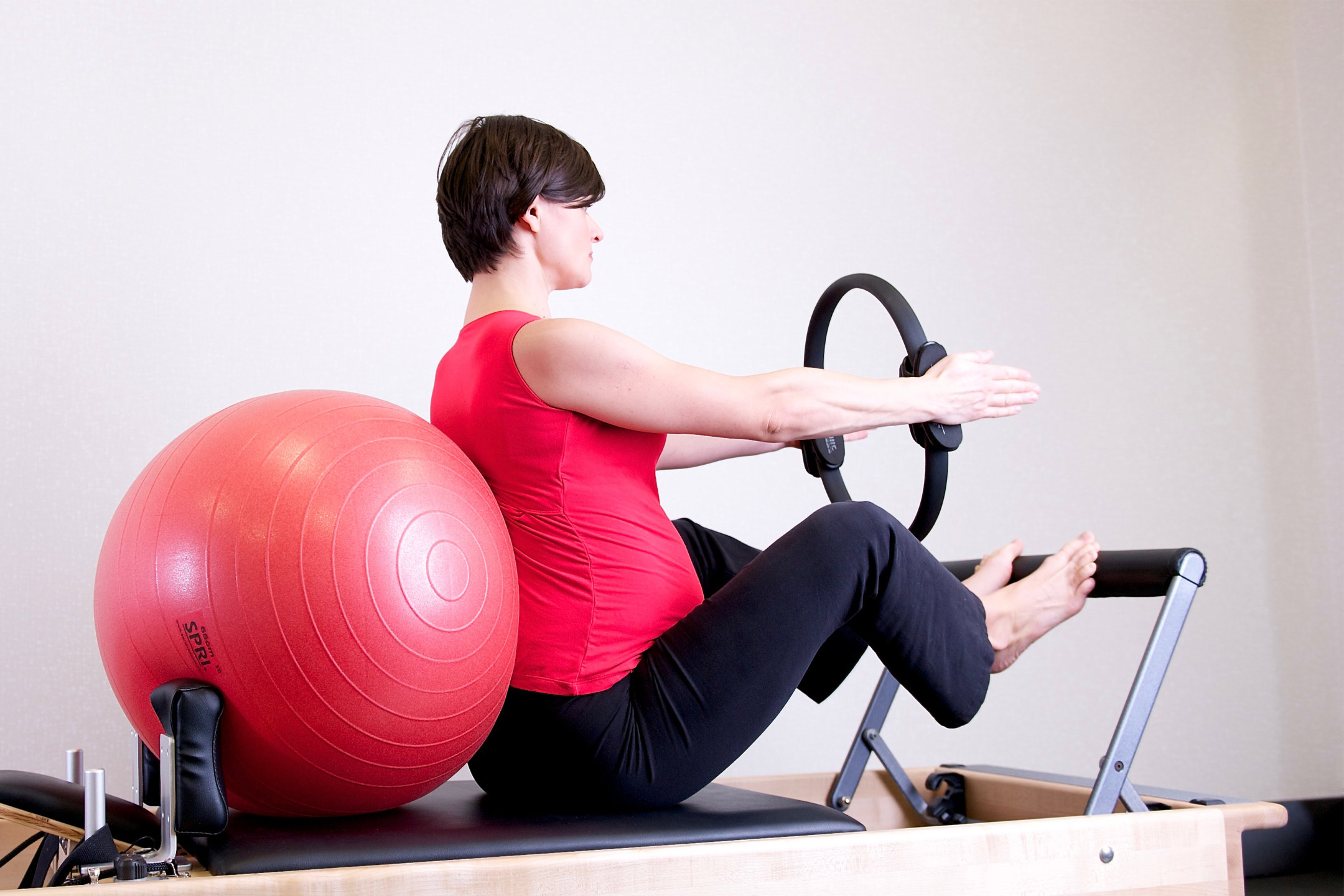
05 Feb Pregnancy After 35
Dr Gino Pecoraro explains some of the issues around falling pregnant later in life.
The best age to have a child is 18 to 25, when the female body is in peak physical condition. As well, the chance of a woman becoming pregnant decreases quite rapidly after the age of 35, which means it is less likely a single episode of unprotected intercourse during ovulation will lead to conception.
For women who do become pregnant after 35, naturally or through assisted reproduction, it is important to be aware that although they can have a completely healthy pregnancy, they are at increased risk of complications, and may need additional supervision and treatment from a specialist obstetrician during the pregnancy.
Some of these complications include:
Chromosomal Problems
Chromosomal problems, the most common of which is Down syndrome, increase with the expectant mother’s age. This is because women are born with all the eggs in their ovaries they will ever have, and as the eggs age, the chances of fertilisation problems increase. This can lead to extra or fewer chromosomes in each cell of the developing embryo, which can cause miscarriage or congenital anomalies such as eye, ear, heart and intellectual problems.
There are tests available to check whether the baby’s chromosomes are normal, such as the nuchal translucency scan screening test, amniocentesis and chorionic villus sample. Women need to discuss with their obstetrician whether they should have tests done, and what tests are best for them. All tests involve costs, risks and benefits.
Genetic Counselling
As part of routine history-taking, the doctor will ask about any illnesses or conditions that run in your family or your partner’s family. Genetic or inheritable conditions can be identified, and the couple advised on what prenatal detection tests are available. They can then decide whether they want them done, and perhaps more importantly, what to do with the results. This discussion is called genetic counselling, and is offered by the doctor or a specially trained counsellor.
Multiple Pregnancies
The chance of a multiple pregnancy increases with age, particularly if the woman has undergone fertility treatments.
Other Pregnancy-Related Conditions
The higher chance of developing gestational diabetes, high blood pressure and pre-eclampsia, or placenta praevia (where the placenta grows over the opening of the cervix) during pregnancy increases the likelihood of women over 35 requiring a caesarean delivery. There are also increased risks of ectopic pregnancy, miscarriage, premature labour and stillbirth.
Pregnancy after 35 can still be healthy, provided the expecting mother plays an active role in her pregnancy to maintain her health and the health of her unborn child by:
- Staying up to date with immunisations such as rubella and whooping cough, and undergoing regular pap smears to check for abnormalities, before becoming pregnant. This will help women start their pregnancy in the best shape possible and minimise risk from infections.
- Attending all medical appointments, ultrasounds and blood tests as requested, especially closer to the due date when risks increase.
Researching and being upfront with your doctor about any family history of medical conditions. - Doing all the usual things recommended for a healthy pregnancy, such as taking pregnancy vitamins, eating well, avoiding alcohol and caffeine, and not smoking.
- Keeping your doctor informed about any signs of potential problems such as bleeding, contraction-like cramping or unusual pains that could indicate pre-term labour or miscarriage.
Dr Gino Pecoraro is an obstetrician and gynaecologist in private and public practice in Brisbane, with special interests in high-risk obstetrics, menopause and endometriosis, and a senior clinical lecturer with the University of Queensland. He is the father of four children.
Words by Dr Gino Pecoraro

